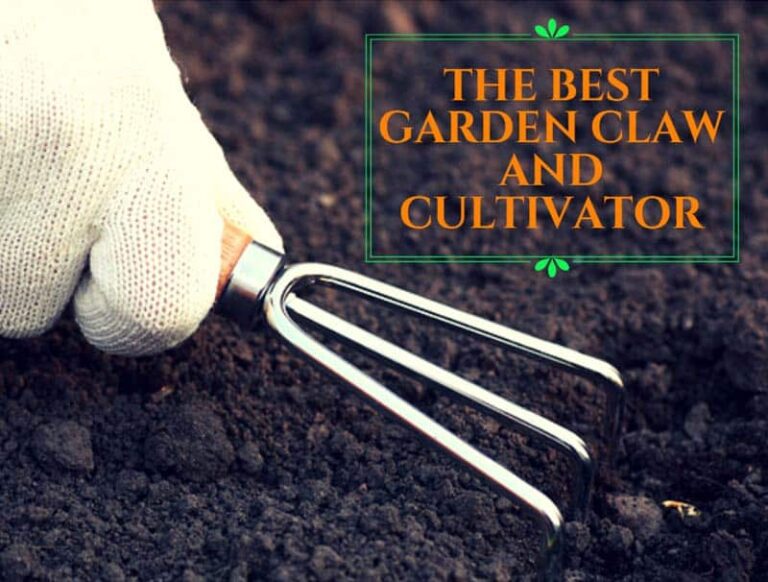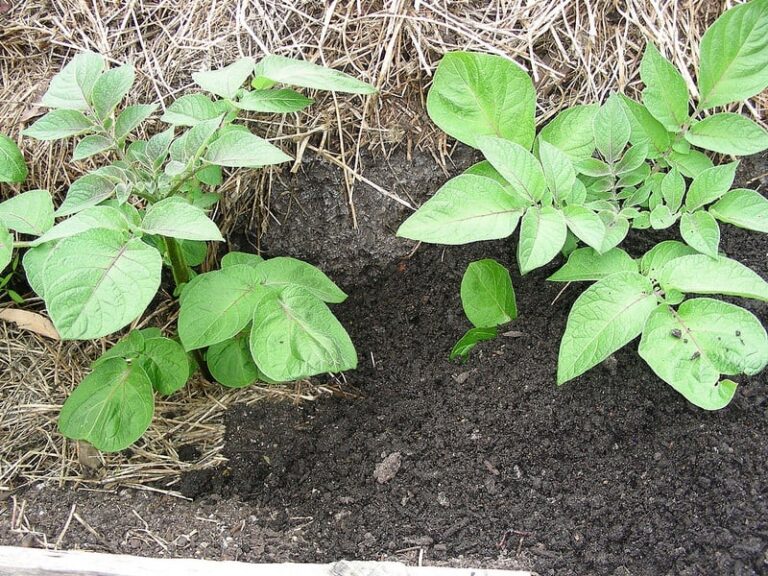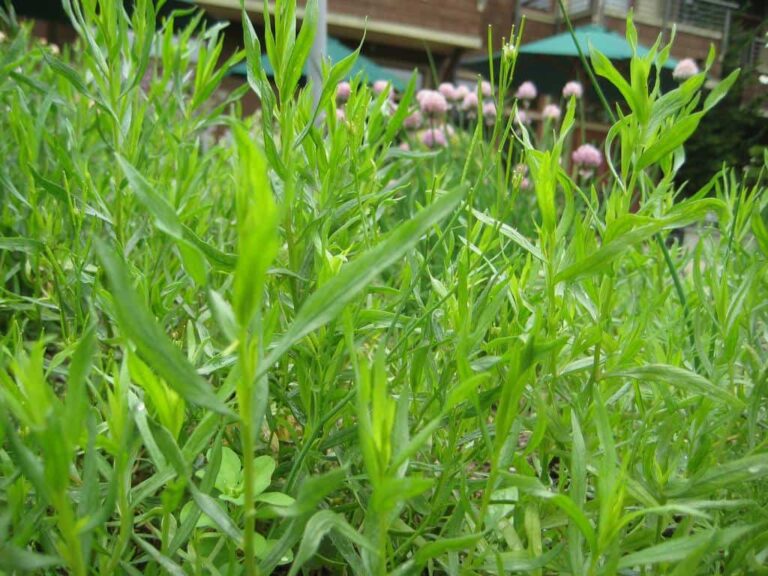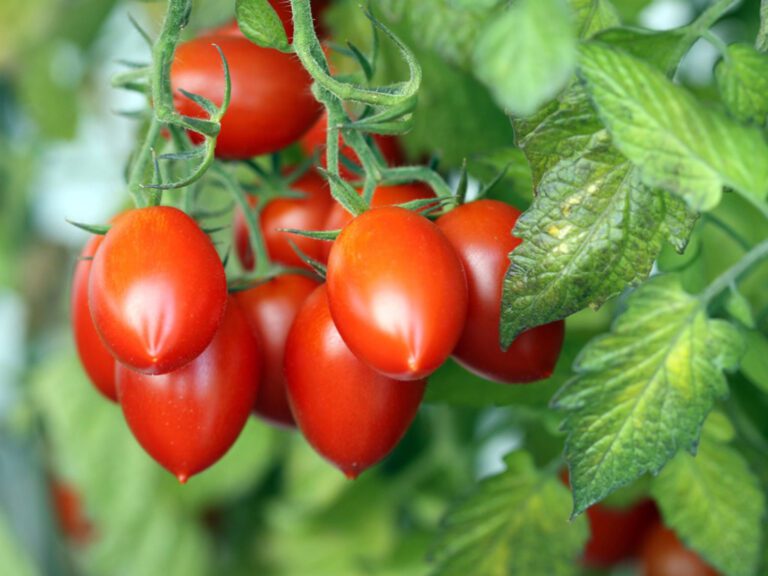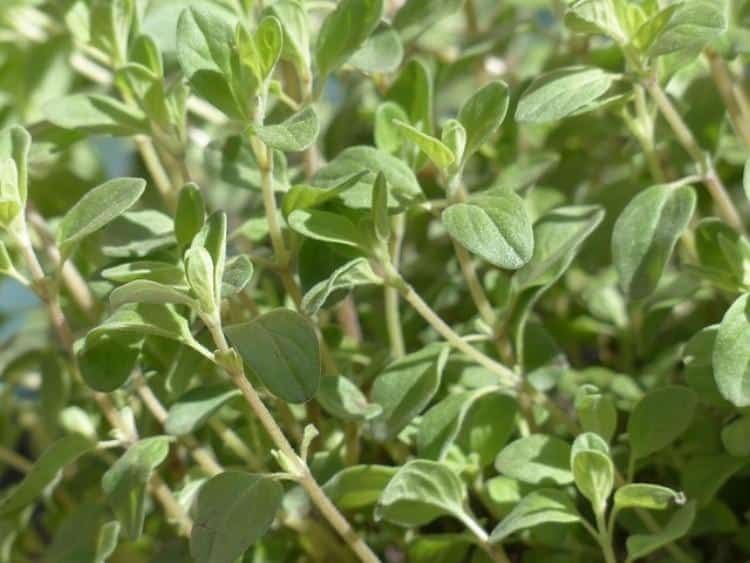Growing Jasmine Has Never Been Easier
Without question, jasmine has the most distinctive, if not most exotic, fragrances of any plant out there. Whether the plant comes in evergreen, vine, or bush form, the plant’s distinctively sweet aroma can combine with its inherently stylish look to make any garden or backyard a place that you’ll want to hang out in every day. If you want to bring this plant to your yard, you need to be prepared to put in a little more effort compared to other plants.
Why Grow Jasmine?
We all know that jasmine’s calling card is its distinctively sweet, carrying fragrance. The bush variety of the plant also comes in an eclectic array of colors, including white, yellow, starry pink, and ivory blooms.
It should be noted, however, that not all jasmine plants carry their distinctive aroma. For instance, winter jasmine, known for its spring-blooming yellow flowers, is unscented. However, what some of these varieties lack in odor they more than make up for in overall hardiness.
A Video Guide to Growing Jasmine
Jasmine requires a little extra care to grow it properly. Yet as this video demonstrates, it doesn’t require the movement of mountains to help it achieve proper growth. If anything, these pointers may make you feel more at ease with the notion of growing the plant in your garden or backyard.
Steps to Growing Jasmine
The most important step you can take is to make sure you know what type of jasmine you’re growing. The most frequently occurring jasmines you’ll see include common jasmine, winter jasmine, Italian yellow jasmine, and star jasmine. Each of these jasmine types require different approaches when it comes to growing.
For example, common jasmine will thrive in a site blessed with full sun and soil that’s well-draining, moist, and organically rich. Italian yellow jasmine, on the other hand, can handle poorly drained soil much better than other jasmine types.
Once you’ve figured out which jasmine you want to grow, it’s important to know that the care required to let it thrive leave little wiggle room. While these specifications are relatively easy to stick to, it’s important to bear in mind how wavering from these simple requirements can spell devastation to your plant.
For instance, jasmine plants are extremely sensitive to dryness. If you’re worried about your garden is too dry for that new jasmine plant, you may want to deploy a humidifier to keep the air around your plant nice and moist.
You can easily overwater your jasmine plant, which could also lead to less than desirable result. One trick you can deploy if you’re potting jasmine is to set pebbles or gravel in the growing area. If you add water to the plant at a level just a touch below the pebble tops, you’ll be fine.
Fertilization is also a key component to growing a nice jasmine plant. Ideally, you should fertilize your plants every two to four weeks during the growing season, which typically runs from early spring to early fall. Be forewarned, though: if you over-fertilize your jasmine, it can do more harm than good.
Building a Beautiful Jasmine Wall
Even if you invest in jasmine of the non-scented variety, your plant is still going to look utterly gorgeous. Indeed, the plant’s colorful, tubed flowers add a gloriously eye-popping sense of natural artistic beauty to any backyard or patio. This is especially the case if you choose to go with jasmine vines.
The one issue with going this route is, unlike some other vine plants, jasmine won’t stick to a wall and figure things out on its own. You need to train the plant to twine through a structure.
Even when you get this part figured out, you’re not out of the woods yet. You need to make sure you’re keeping the plant sustainable through routine maintenance. If you don’t, you’ll run the risk of inadvertently turning your beautiful vines into an unruly bush.
There are a few basic steps you can take to make sure this essential notion of training and sustaining takes place. The first place is making sure you select a spot where jasmine can grow with great vigor. Ideally, this spot will be exposed to sunlight and fertile soil.
You’ll also want to make sure that you provide a sufficient, healthy distance between the jasmine and the support structure. If you’re just planting the jasmine, you’ll want to make sure it’s roughly 8 to 12 inches from the support. This will make it easy for you to tie up the plant at the base.
When you do tie the plant, you’ll want to pick the jasmine stem that’s closest to the structure. Ideally, you’ll use some twine to tie it tight enough to keep it steady, yet loos enough to allow it to grow.
As the plant grows, it will be up to you to guide the plant to grow in the direction you wish. For instance, if you have visions of the plant weaving in and out of a wire fence, you will need to more or less thread the vines through the structure.
Jasmine Training: a Video
Training jasmine may sound like a lot of work, but it really isn’t in the grand scheme of things. As this video demonstrates, there’s not a whole lot that you need to do to turn that ugly wire fence on your property into something you can’t wait to show off to your friends and family.
The Joy of Jasmine
While jasmine may not be as easy to grow compared to some of the other plants or flowers you can cultivate, the reward derived is as huge as whatever risk you may perceive about the project. Again, even if you don’t get an aromatic jasmine type, they’ll still be immensely pretty to view.
Of course, if you do plant and grow jasmine that is fragrant, you’ll be unleashing one of nature’s most ultimate perfumes onto your backyard. This may just lead you to spending more time amongst your plants, if only to spend more time breathing in the sweet smell of gardening success.

